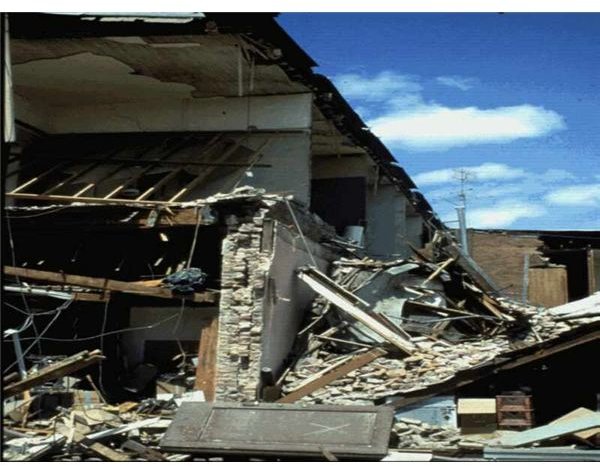Reasons for Structural Failures
Reasons Structures Fail
Defective construction that causes failure may be due to numerous reasons that may not be easy to predict before or during the construction. The major causes of structural failure are defective designs that have not determined the actual loading conditions on the structural elements. Inferior construction materials may also be the cause since the loads are calculated for materials of specific characteristics. Structure may fail even if the design is satisfactory, but the materials are not able to withstand the loads. Employment of unskilled labor on construction work is another reason for structural failures. Therefore, it is important that the owners, designers, and builders are fully conscious of the reasons of failure, and undertake all preventive measures.
Design Deliberations
Construction imperfection in design and manufacturing can be extremely expensive to settle. Architectural design and construction defects cause a structure to be improper for its proposed intent. Correct structural design is significant for all buildings, but exceptionally essential for tall buildings. Even a slight probability of failure is not acceptable since the results can be disastrous for human life and property. Therefore, civil engineers are required to be exceptionally careful and methodical in ensuring an appropriate building design that can sustain the applied loads. All failure modes need to be examined by using modern software on the subject. However, a designer and a builder cannot be wholly confident about the design, and therefore an appropriate factor of safety is incorporated on the design calculations.
Defects Due to Inferior Workmanship
Defects due to inferior workmanship can lead to structural damage and failure. Poor workmanship is often the origin of construction defects. Even superior quality materials, if used imperfectly, may not successfully serve the planned function, or be as durable as designed. Poor workmanship is the actual cause of most construction defects. General defects due to poor workmanship are leaking roofs, cracked floor tiles, shedding paint, and other numerous problems. Proper procedures have been created for almost every construction operation, and only implementation is required. A superior quality paint that is applied to an unclean surface is likely to fail, not because the material was substandard, but because it was used with a poor quality of work.
Foundation Failure
Many building foundations are not properly designed and constructed for the existing site soil conditions. Since suitable land is often not
available, buildings are constructed on soil that has inadequate bearing capacity to support the weight of the structure. Furthermore, the near surface soils may consist of expansive clays that shrink or enlarge as the moisture content is changed. Movement of foundation may occur if the clay moistening and drying is not uniform. Vegetation, inadequate drainage, plumbing leakage, and evaporation, may cause soil variation. The top soil layers provide the bearing capacity to hold the structure, and ensure stability of the foundation. If the bearing soil is inadequately compacted preceding construction, the foundation may be affected by settlement.
